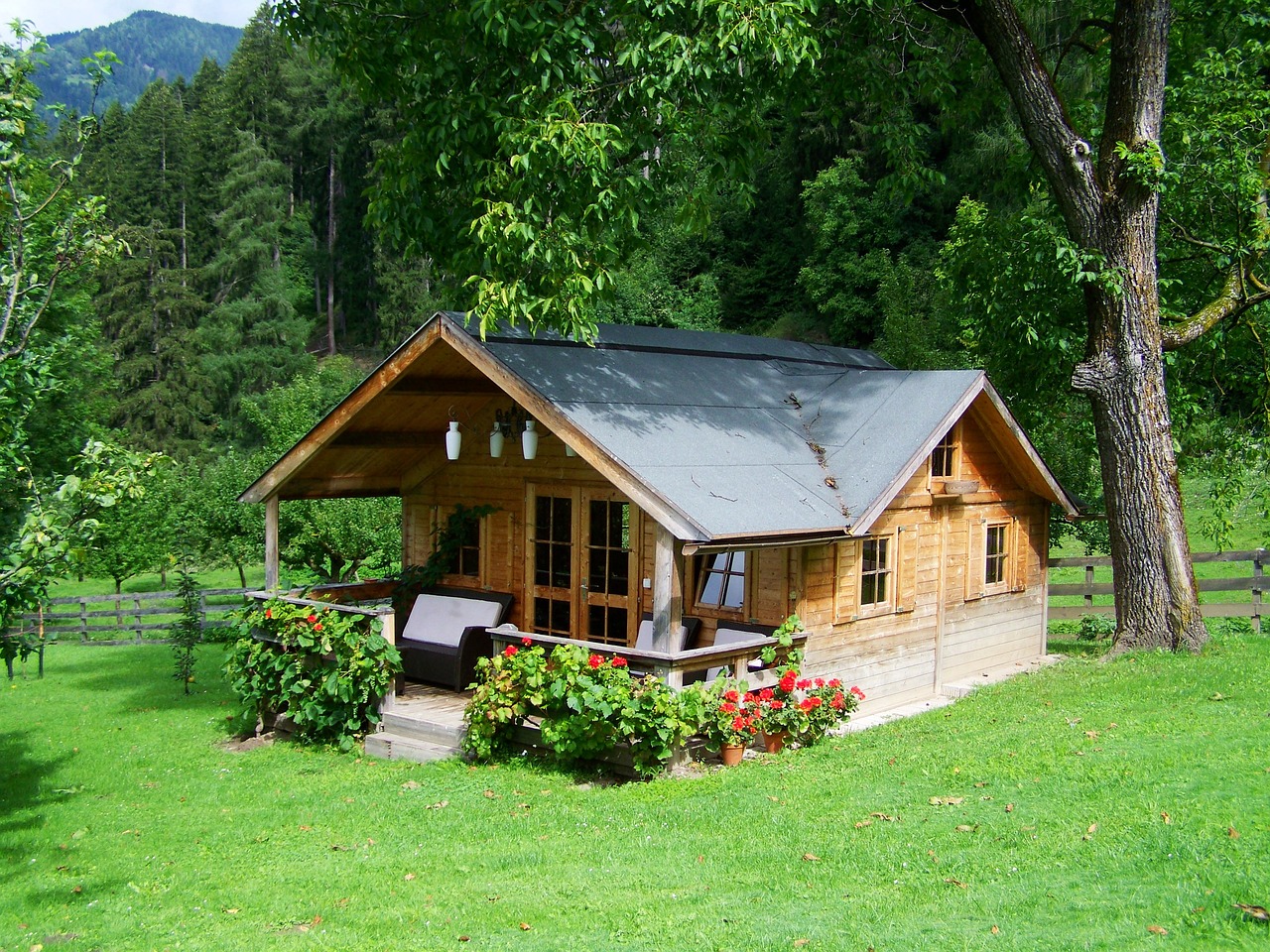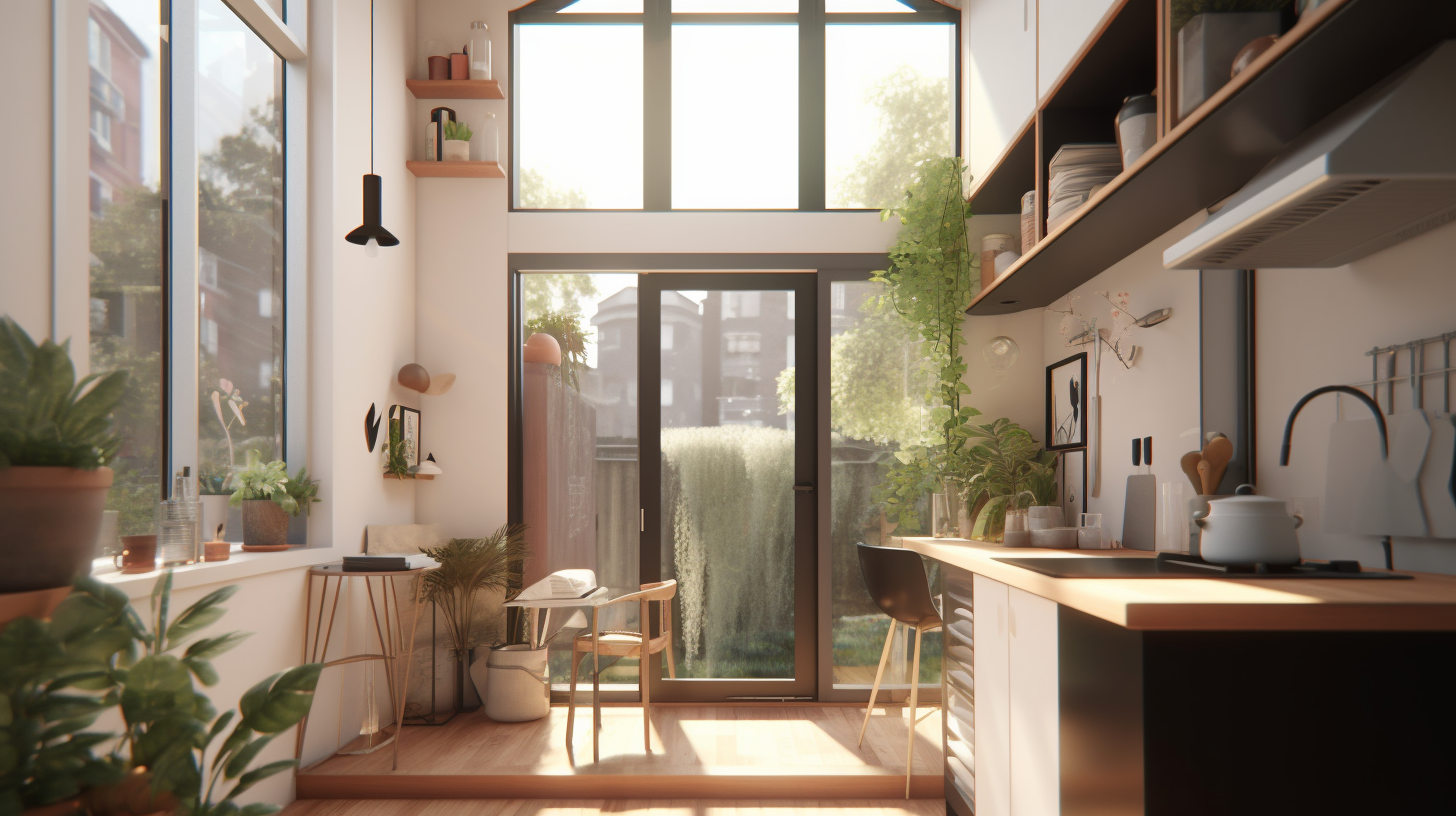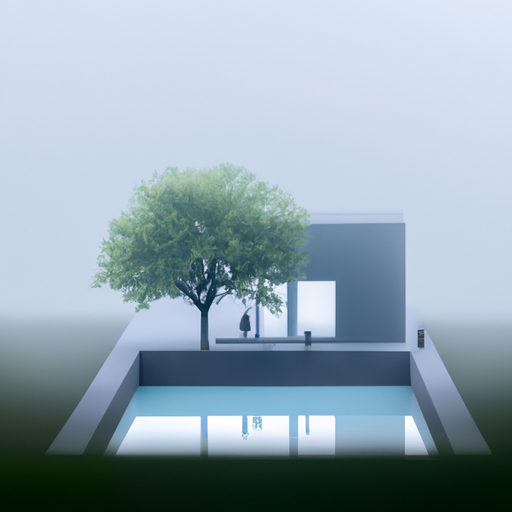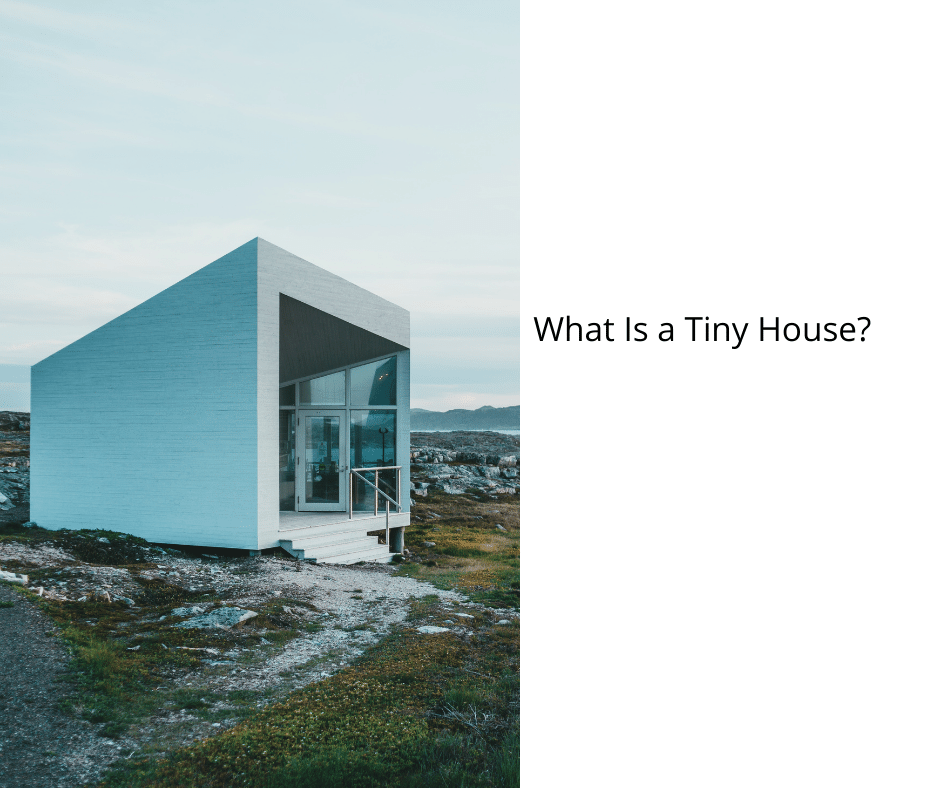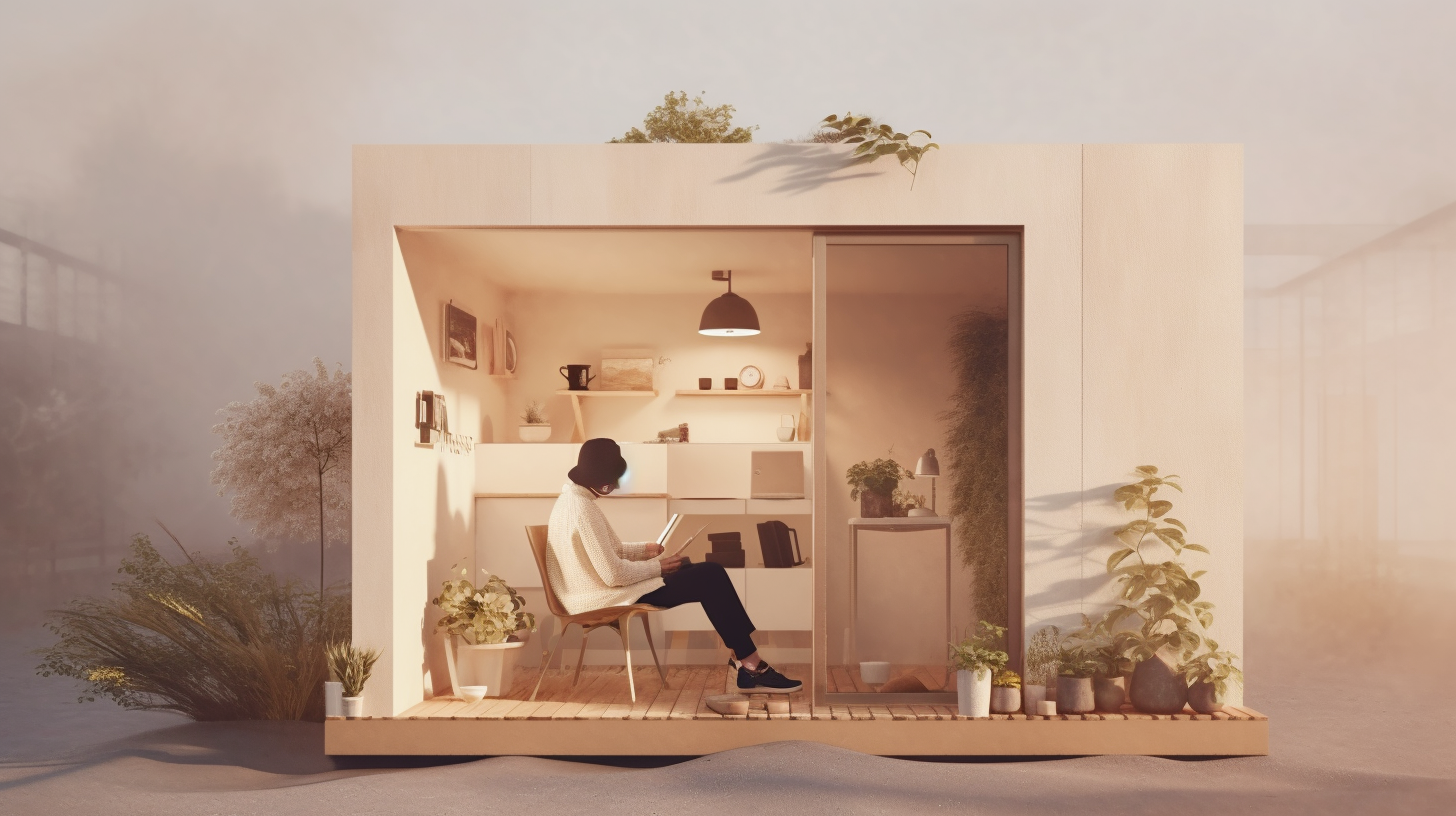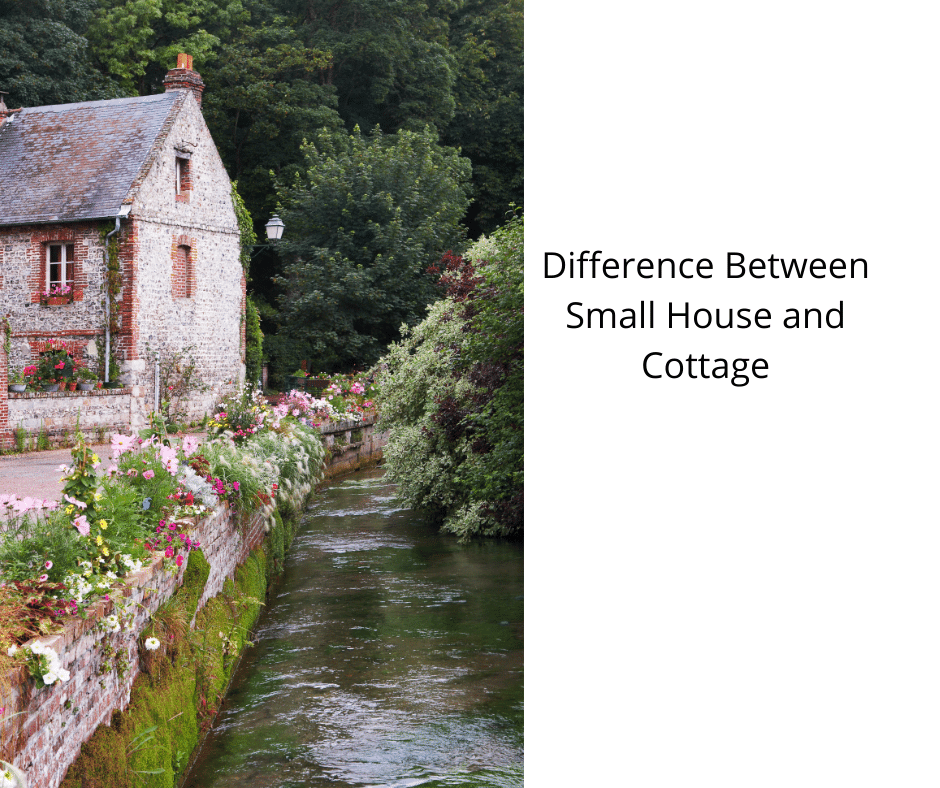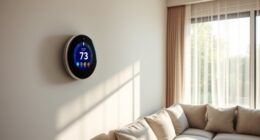Costco’s Tiny House & Garden Buildings: Pros & Cons
“Home is where the heart is,” as the famous saying goes.
For those seeking a simpler, more minimalist lifestyle, tiny homes and garden buildings have become increasingly popular in recent years. Costco, the membership-based warehouse club, has entered the tiny house market, offering a variety of options for those looking to downsize or add extra space to their property.
While the convenience of purchasing a tiny house from a big box store like Costco may be tempting, it’s important to consider the pros and cons before making a purchase.
In this article, we’ll explore the various options available from Costco’s tiny house and garden building collection. We’ll also delve into customer concerns about the quality of materials used in construction and the ethical considerations of supporting a large corporation versus local craftsmen.
By examining the advantages and disadvantages of purchasing a tiny house from Costco, readers can make an informed decision about whether this option is right for them.
Key Takeaways
- Costco sells a tiny house called HomePlace guesthouse along with play houses and garden sheds.
- The Bungalow Garden building ranges in size from 12ft X 16ft to 12ft X 24ft and costs for what appears to be a shell range from $4,995 to $7,244.
- Some readers express concern about supporting big box stores like Costco instead of local craftsmen and businesses, while others mention negative experiences with local craftsmen and prefer to support big box stores.
- Materials used in tiny houses can off-gas and cause health issues, and builders should offer more ecologically and healthy building materials options while customers should think more long-term and consider how their families may change.
Overview
The article provides an overview of Costco’s tiny house and garden buildings, highlighting their various sizes and customizable features. For example, the Bungalow Garden building ranges in size from 12ft X 16ft to 12ft X 24ft and can be painted in a variety of colors or fitted with different types of shingles. Additionally, customers can request engineered drawings to aid in obtaining permits for their site, although some municipalities may require a stamped drawing.
However, the article also addresses reader concerns about the quality of construction materials used in these buildings, such as OSB and particleboard. Some readers express concern about the potential environmental impact of small living spaces, as well as the impact of supporting big box stores like Costco versus local businesses.
Despite these concerns, the article notes that smaller housing footprints can be better for the planet, and ultimately it is up to individuals to decide what they value in their living situation.
Product Options
Product options available for purchase from Costco’s tiny house and garden building collection include a range of sizes and customizable features such as paint color and shingle type.
The Bungalow Garden building, for instance, ranges in size from 12ft X 16ft to 12ft X 24ft and costs for what appears to be a shell range from $4,995 to $7,244. Customers can select a paint color, asphalt shingle color, or even have wood shingles.
Additionally, some locations/municipalities require that a stamped engineered drawing be prepared to obtain a permit, so engineered drawings are available upon request to help customers get many of the Garden Buildings/Garages approved for their site.
Design features of the Bungalow provide a great mix of pleasing functionality and aesthetics. Customers can choose from various customization options to make their tiny house or garden building unique to their taste.
However, concerns have been raised by some readers about the quality of OSB and particleboard used in construction.
Overall, Costco’s tiny house and garden building collection offers a range of product options and customization features to meet the needs and preferences of different customers.
Customer Concerns
Customer concerns have been raised regarding the quality of materials used in construction and the potential health issues associated with off-gassing. Some readers express concerns about the use of OSB and particleboard in the construction of Costco’s tiny house and garden buildings. These materials are known to contain formaldehyde, a chemical that can cause respiratory problems and cancer. Additionally, some customers are worried about the impact that off-gassing may have on their health, particularly if they plan to live in the tiny house or garden building for an extended period.
Others raise concerns about supporting big box stores like Costco, instead of local craftsmen and businesses. They argue that buying from large retailers like Costco takes away business from local stores and hurts the local economy. While some customers prefer to support local businesses, others may find that big box stores offer more affordable and convenient options.
Ultimately, it is up to each individual to decide which factors are most important to them when making a purchase decision.
Considerations for Buying
When considering the purchase of a small or tiny house, it is important to weigh the benefits and drawbacks of buying from a large retailer versus a local craftsman or business.
While buying from a large retailer like Costco may offer cost-saving strategies and a wider range of options, it may also have a negative environmental impact due to the materials used and the transportation of the house. Moreover, the quality of the materials used in the construction of the house may not be up to the mark, as some readers have expressed concerns about the use of OSB and particleboard in the construction of the tiny house sold by Costco.
On the other hand, buying from a local craftsman or business may offer better quality materials, personalized attention, and a sense of community support. However, the cost may be higher, and the options and features may be limited. Additionally, the local craftsman or business may not have the necessary permits and approvals required for constructing a tiny house.
Therefore, it is important to carefully weigh the benefits and drawbacks of buying from a large retailer versus a local craftsman or business before making a decision.
Frequently Asked Questions
What is the cost of shipping and installation for Costco’s tiny house and garden buildings?
The cost of shipping and installation for Costco’s tiny house and garden buildings varies depending on the location and size of the structure. Customers can choose from different delivery options such as curbside delivery or white glove delivery, which includes placement and assembly.
The cost of shipping and installation is not included in the base price of the structure, and buyers should expect to pay additional fees. It is recommended to inquire about shipping and installation costs directly from the manufacturer or retailer, as prices may vary depending on the location and other factors.
Overall, customers should consider the additional costs of shipping and installation when budgeting for their tiny house or garden building purchase.
Are there any financing options available for purchasing a tiny house or garden building from Costco?
Financing options for purchasing a tiny house or garden building from Costco may vary depending on the location and the specific product being purchased. While Costco itself does not offer financing options, some customers may be able to obtain loans through third-party lenders, such as banks or credit unions.
Additionally, some tiny house manufacturers may offer their own financing options. It is important for customers to research and compare different loan options to find the best terms and interest rates. Availability of loans may also be affected by factors such as credit score, income, and debt-to-income ratio.
Can the tiny house or garden building be customized beyond the options offered on Costco’s website?
When it comes to customization options and design flexibility for tiny houses and garden buildings sold by Costco, it is important to note that the extent of customization may be limited to the options offered on the company’s website.
While customers can select paint and shingle colors, and request engineered drawings for site approval, the level of customization may not be as extensive as some individuals may desire.
However, it is possible that additional customization options may be available through third-party contractors or do-it-yourself modifications.
Ultimately, the level of customization will depend on the specific product and the customer’s willingness to make modifications beyond the options offered by Costco.
What is the lead time for ordering and receiving a tiny house or garden building from Costco?
The lead time for ordering and receiving a tiny house or garden building from Costco varies depending on the specific product and location. Customers can contact their local Costco or visit the Costco website to check availability and shipping times.
While Costco offers some customization options such as paint and shingle colors, it is important to note that these options may be limited and may not allow for significant modifications beyond what is offered on the website.
It is recommended that customers research and compare different options for tiny houses and garden buildings, including local manufacturers and direct-from-manufacturer purchases, to ensure they are getting the best product for their needs.
Are there any maintenance or upkeep requirements for the tiny house or garden building, and if so, what are they?
Upkeep requirements for Costco’s Tiny House and Garden Buildings depend on the specific product and materials used. It is important to follow the manufacturer’s instructions for maintenance to ensure the durability and longevity of the structure.
Regular cleaning and inspection of the exterior and roofing materials, as well as ensuring proper ventilation and moisture control, can help prevent damage and deterioration. Warranty coverage and material quality should also be considered when purchasing a tiny house or garden building from Costco, as these factors can impact the overall maintenance and upkeep required.
It is recommended to thoroughly research and compare options before making a purchase, and to consider consulting with a professional builder or contractor for guidance on maintenance and upkeep.
I’m Theodore, and I love tiny houses. In fact, I’m the author of Tiny House 43, a book about tiny houses that are also tree houses. I think they’re magical places where imaginations can run wild and adventures are just waiting to happen.
While tree houses are often associated with childhood, they can be the perfect adult retreat. They offer a cozy space to relax and unwind, surrounded by nature. And since they’re typically built on stilts or raised platforms, they offer stunning views that traditional homes simply can’t match.
If you’re looking for a unique and romantic getaway, a tree house tiny house might just be the perfect option.
